
Brucellosis
By
Dr. Ameer kadhim Hussein
M.B.Ch.B. FICMS (Community Medicine)

Identification
Brucellosis is a bacterial disease caused by small, gram negative
rod shaped, non motile, non sporing and intracellar coccobacilli of
genus Brucella.
It is a zoonotic disease meaning that it is primarily an infection of
animals but can be transmitted to human.
Different species of Brucella bacteria mostly infect domestic
livestock including:
1. Cattle (
B. abortus
).
2. Sheep and goats (
B. melitensis
).
3. Pigs (
B.suis
).
4. Dogs which can also be infected with (
B. canis
).
All the four species mentioned can infect humans,
B. melitensis
is
thought to cause the most serious disease.
Other names of brucellosis: (Undulant fever, Malta fever and
Mediterranean fever).

Brucellosis

Geographical distribution
It is a worldwide infection traditionally associated with
farm workers, veterinarians and persons whose
occupation includes packing of meat or dairy products.
It affects people of all age groups and of both sexes.
Although there has been great progress in controlling
the disease in many countries, there still remain
regions where the infection persists in domestic
animals and transmission to the human population
frequently occurs.

Geographical distribution
It is an important human disease in many parts of
the world especially in the Mediterranean
countries of Europe, north and east Africa, the
Middle East, south and central Asia and central
and south America and yet it is often there are
only a few countries in the world that are
officially free of the disease although cases still
occur in people returning from endemic countries.
Significant proportion of brucellosis cases still
remain undiagnosed.
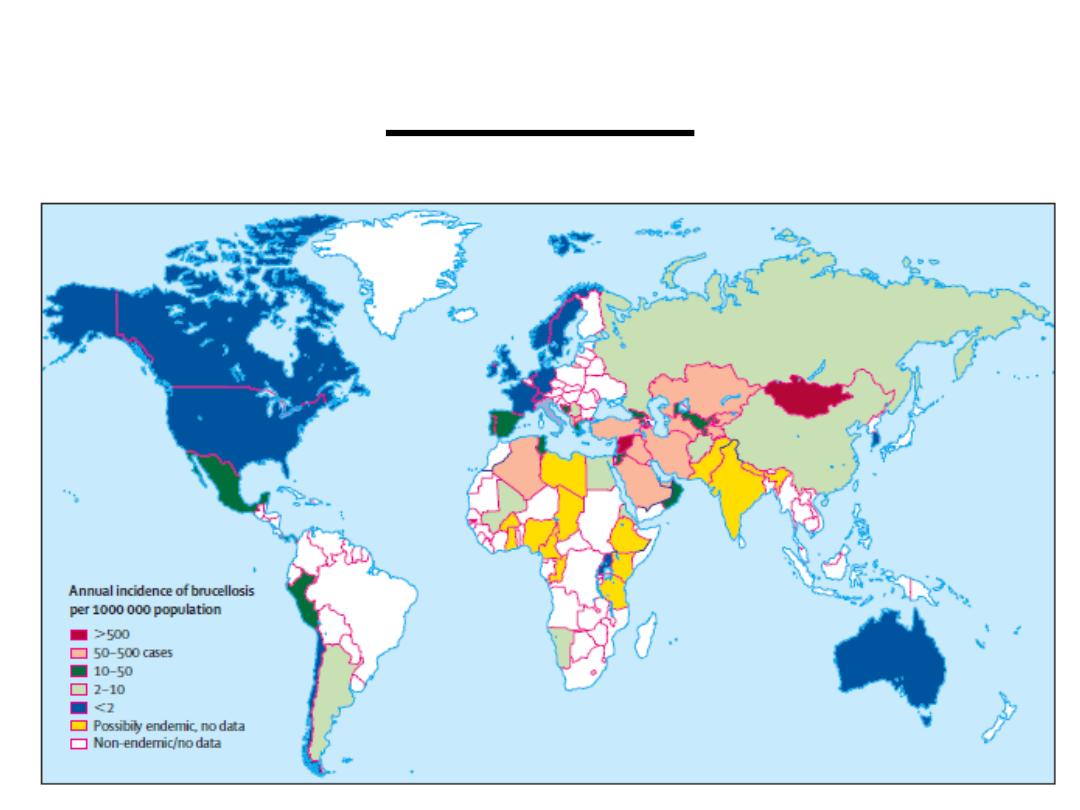
Brucellosis

Clinical Manifestation
Fever, Night sweats, Malaise, Anorexia, Arthralgia, Fatigue, weight
loss and depression.
Bone and joint involvement are the most frequent complications of
brucellosis occurring in up to 40% of cases.
Different syndromes have been reported including sacroiliitis,
spondylitis, peripheral arthritis, osteomyelitis, bursitis and
tenosynovitis.
Brucella sacro-iliitis is especially common. Patients present with
fever and back pain often radiating down the legs (sciatica).
Genito urinary involvement occur in 2% to 20% of cases with
orchitis and epididymitis as a common manifestations
Neuro-brucellosis is less common but more severe (represent 3-
7%). Recovery is usual but disability is often pronounced.
Case fatality rate in untreated cases represent 2% or less usually
from endocarditis. In brucellosis relapse can occur.

Mode of transmission
Brucellosis is a zoonotic disease transmitted to humans by:
1.
Contact through breaks in the skin with fluids from infected
animals (including sheep, cattle, goats, pigs, or other animals) these
fluids include blood, urine, vaginal discharges and aborted fetuses
and especially placentas.
2. Ingestion of raw milk and dairy products such as unpasteurized
milk and cheese.
3. Airborne transmission occur in stables for animals and for
humans in laboratories.
4. Accidenital self inoculation of strain 19, REV-1 and RB 51
brucella animal vaccines.
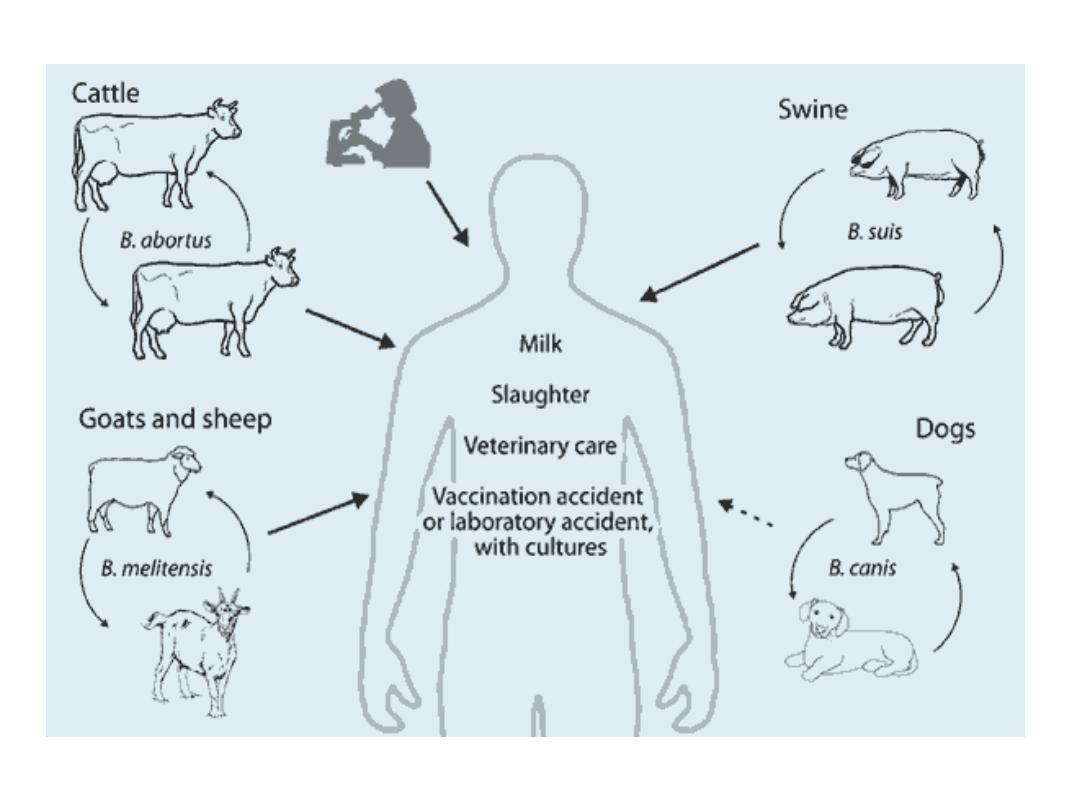
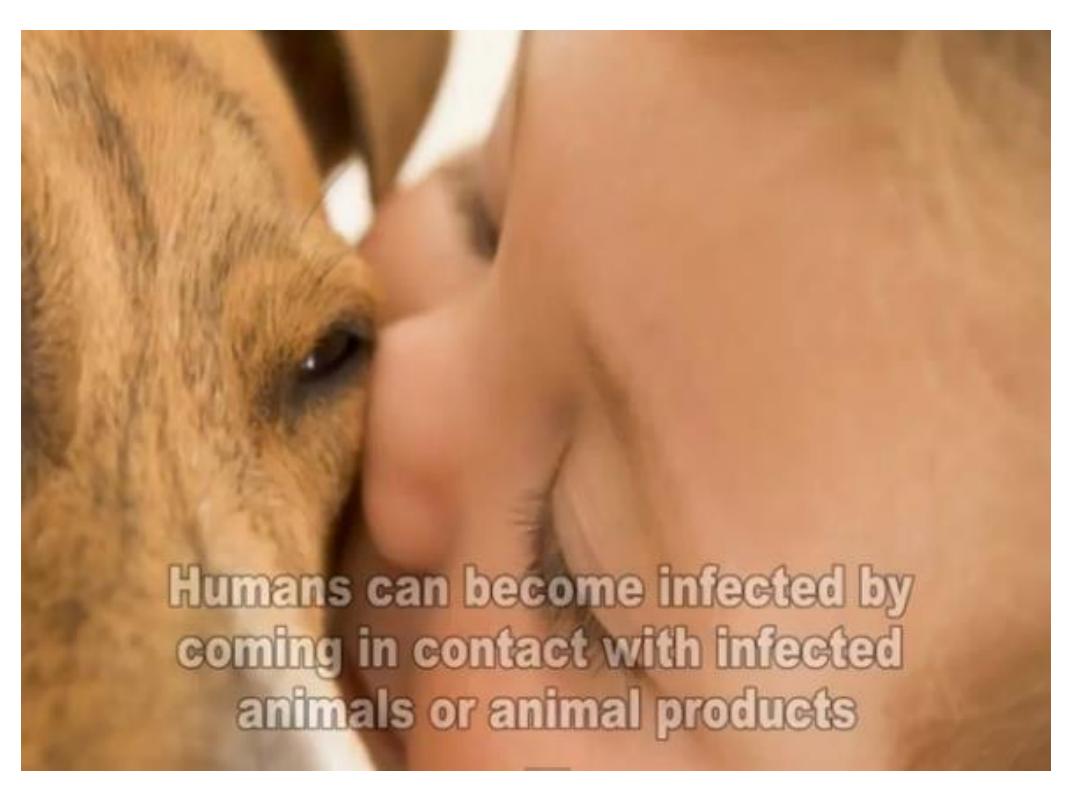

Brucellosis
Reservoir
Cattle, swine, goats and sheep. Dog is regard a reservoir for
B. canis.
Incubation period
Commonly 1-2 months but rarely may extend to several months.
Period of communicability
Rare person to person transmission but risk may exist for
medical personnel in endemic area expose to contaminated
fomities, tissues or massive bleeding such as obstetric
procedures.

Brucellosis
Susceptibility
Severity and duration of clinical illness vary.
Duration of acquired immunity is uncertain.
Diagnosis by the following:
1.Isolation of the infectious agent from blood, bone
marrow or other tissues or discharges.
2. Serological tests which allow precise diagnosis in
about 95% of cases (including combination of Rose
Bengal and seroaglutination test with coombs-test
and ELISA- test).

Methods of control
The most effective method for preventing human brucellosis is
control and eradication of infections in animal reservoirs.
a. Preventive measures :
1.Educate the public especially the tourists about the risks
associated with drinking unpasteurized milk or eating products
made from unpasteurized milk.
2.Educate farmers and workers in slaughter houses and butcher
shops about the nature of disease and risk of handling carcasses and
product from infected animals and importance of appropriate
ventilation.
3.Educate hunters to use protective gloves and clothing when
handling feral swine or potentially infected wildlife such as elk.

Methods of control
4. Search for infection among livestock by serological testing and
by ELISA or ring test and eliminate infected animals by segregation
and or slaughtering.
In high prevalence area immunize young goats and sheep with live
attenuated Rev-1 strain of B. melitensis and immunize calves and
adult animals with strain 19 (B. abortus) vaccine.
Since 1996 the strain RB51 of B. abortus has replaced strain 19 for
immunization of cattle against B. abortus. RB51 vaccine was
designed to be less virulent for humans than strain 19 when
accidentally injected.

Methods of control
5. Pasteurize milk and dairy products from cows, sheep and
goats. Boiling milk is applied when pasteurization is impossible.
Don’t eat meat from animals that appear ill.
6. Exercise care in handling and disposal of placenta and
discharges and fetuses and disinfect contaminated areas.
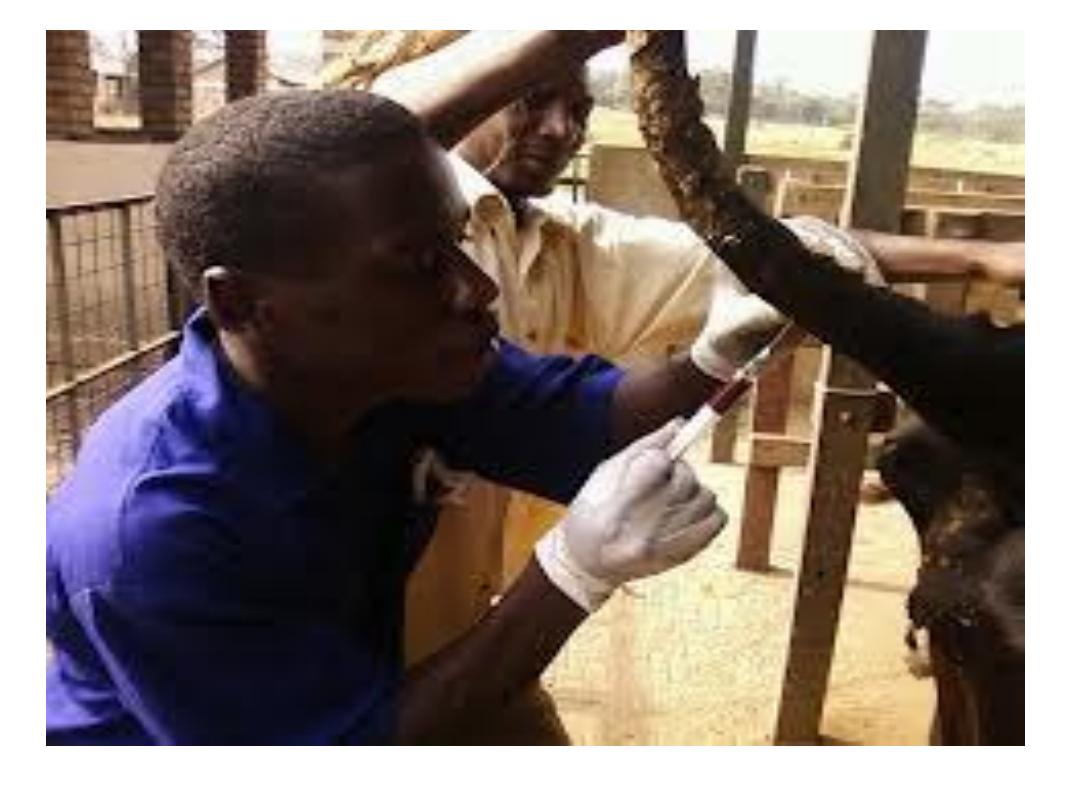

vaccines
19
) and Strain
1
-
(Rev

b. Control of patient , contacts and immediate environment
1. Report to local health authority.
2. Isolation: draining and secretion precautions applied if there are
draining lesions, otherwise none.
3. Concurrent disinfection of purulent discharges.
4. Quarantine and immunization of contacts not applicable.
5. Investigation of contacts and source of infection: Trace infection
to the common or individual source usually infected domestic
goats, swine and cattle or raw milk or dairy products from cows
and goats. Test for suspected animals and remove reactors.
6. Specific treatment: The treatment of choice is a combination of
doxycycline (200 mg daily) and rifampicin (600-900 mg daily) or
streptomycin (1g daily) for at least 6 weeks.
Methods of control

Epidemic measures
Search for common vehicle of infection usually raw milk or milk
products especially cheese from infected herd.
Stop production and distribution of product unless pasteurization
is instituted.
International measures:
Control of domestic animals and animal products in international
trade and transport.
Epidemic and international measures
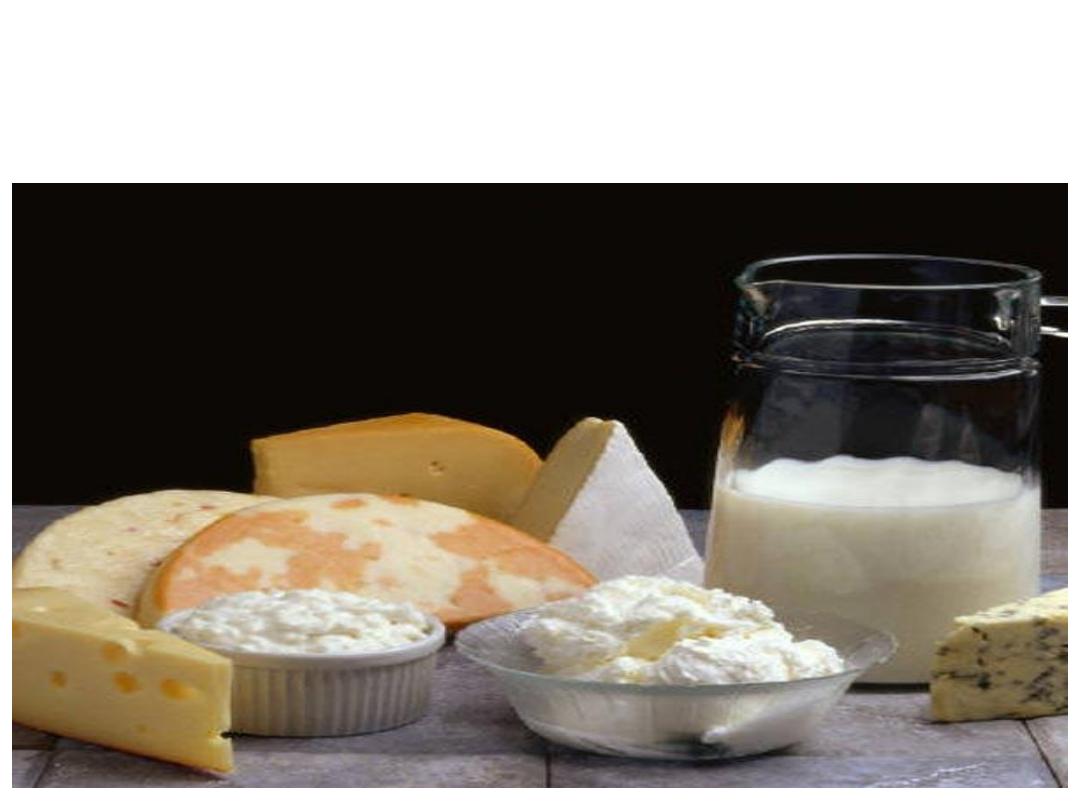
Thank you
